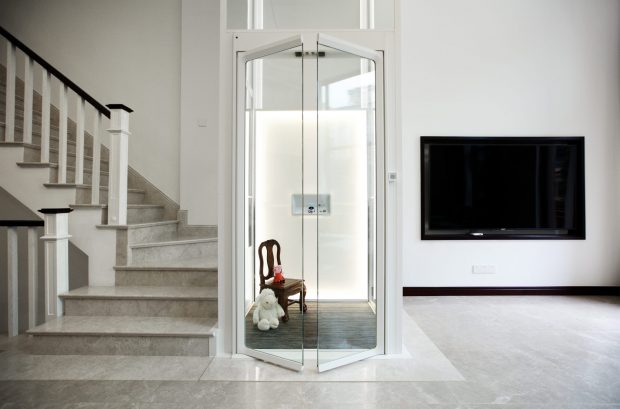Accessibility Tips for Your Next Home Decor Project
Accessibility can be an important consideration when it comes to home decor, whether you or someone who lives in your home already has mobility issues or you are simply future proofing your home in the hopes of aging in place in the years ahead. An advantage of decorating and remodeling with accessibility in mind is that anyone could have increased needs in this area at any time. Surgery, a broken bone or simply a pulled muscle or temporary illness can make it more difficult to move about as you are accustomed to doing, and at those times, having already considered accessibility can make your adjustment much easier.


Consider a Home Lift
An intelligent domestic lift can be genuinely life changing if you live in a place that has more than a single floor and you or a family member has mobility issues. It can mean the difference between someone being able to continue living independently in their home and having to move out. Even if accessibility is not a concern, a home lift can be a striking and attractive addition. Your house does not have to be huge to accommodate one. They can be installed in most types of houses.
Think Flooring
While it is true that updated flooring is a way to make your home more valuable, there’s a lot more to flooring than material and color when you are thinking in an accessibility framework. While carpet can make it difficult for a wheelchair user to get around, rugs on hardwood floors can be hazardous for those who face a greater slip-and-fall risk. Vision is another consideration. Finishes that create glares or certain colors can be difficult for people with vision difficulties to navigate. Thin cut pile or similar low carpets can be a good compromise. If rugs are used, adhesives can make them more secure. Motion activated lights and tactile warning strips can also help people with vision problems move about more safely.
Kitchens
The height of kitchen counters and sinks can present issues not just for people in wheelchairs but for anyone of shorter stature. Lower sinks and low, multi-level, or adjustable kitchen counters can make a big difference, with the added bonus that it can be easier and safer to get kids involved in cooking, food prep and cleanup. You may also want to think about cabinet design, keeping them low and adding such elements as a lazy Susan to corner cabinets and glide out shelves so that it is easier to get to pots, pans, and kitchen tools.
Bathrooms
Despite accessibility needs, you might be reluctant to add grab bars for the toilet and shower because they tend to look unattractive. The good news is that designers have put work into changing this, and now you can get grab bars that can look good and be seamlessly integrated into your overall bathroom design. Walk-in showers and accessible baths eliminate the need to step high in order to get into either, with safety strips to reduce the likelihood of slipping or built-in chairs for sitting. Toilet and sink heights can be adjusted for ease of use.